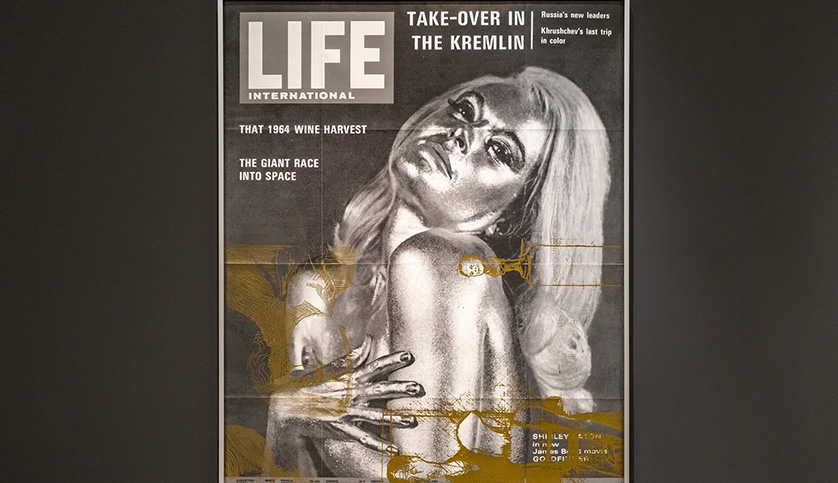Director: The Otolith Group
UK, 2012, 33', color
English with Turkish subtitles
I See Infinite Distance Between Any Point and Another might be understood as a study in gestures and as the second chapter, following from Hydra Decapita (2010), in The Otolith Group’s trilogy of works on hydropolitics and hydroaesthetics. The film departs from and returns to a reading of Sea (2011) by renowned poet Etel Adnan. Sea draws upon the powers of philosophy to pursue the continuous mutation of matter into velocity. If poetry can be understood as a study in constraint, I See Infinite Distance Between Any Point and Another can be understood as an experiment in concentration that speaks of the mobility of thought and the movement of the ocean.

Inspired by the exhibition And Now the Good News, which focusing on the relationship between mass media and art, we prepared horoscope readings based on the chapters of the exhibition. Using the popular astrological language inspired by the effects of the movements of celestial bodies on people, these readings with references to the works in the exhibition make fictional future predictions inspired by the horoscope columns that we read in the newspapers with the desire to receive good news about our day.

Coffee was served with much splendor at the harems of the Ottoman palace and mansions. First, sweets (usually jam) was served on silverware, followed by coffee serving. The coffee jug would be placed in a sitil (brazier), which had three chains on its sides for carrying, had cinders in the middle, and was made of tombac, silver or brass. The sitil had a satin or silk cover embroidered with silver thread, tinsel, sequin or even pearls and diamonds.
Tuesday - Saturday 10:00 - 19:00
Friday 10:00 - 22:00
Sunday 12:00 - 18:00
The museum is closed on Mondays.
On Wednesdays, the students can
visit the museum free of admission.
Full ticket: 300 TL
Discounted: 150 TL
Groups: 200 TL (minimum 10 people)